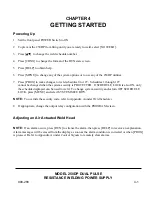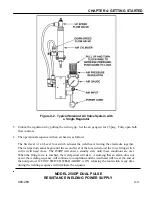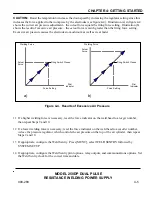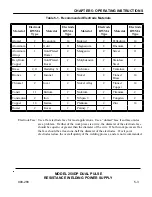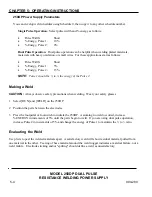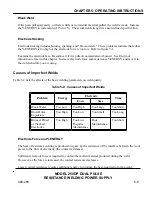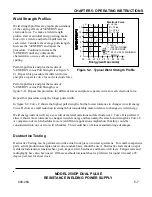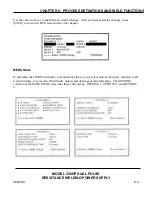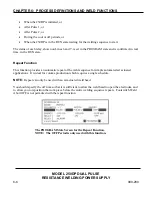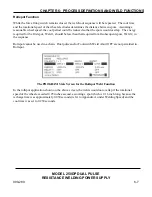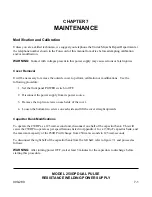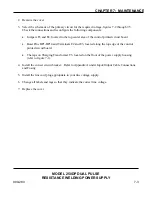
CHAPTER 5: OPERATING INSTRUCTIONS
MODEL 250DP DUAL PULSE
RESISTANCE WELDING POWER SUPPLY
5-6
990-280
The higher the electrode force, the greater the energy (current and/or time) required to produce a given
weld. Low force usually results in lower bond strength. Increased force requires higher energy but
usually results in a stronger bond. Energy is proportional to time and the square of the welding current.
Polarity
Users of stored energy equipment have found that the direction of current flow can have a marked effect
on the weld characteristics of some material combinations. This effect occurs when welding:
x
Materials with large differences in resistivity, such as copper and nickel.
x
Identical materials with thickness ratios greater than 4 to 1.
Since polarity can be an important consideration in resistance welding of some material combinations,
be sure to check the weld schedule results using both positive and negative polarity. Polarity can be
changed in the PROGRAM state. The general rule is that the more resistive material, or the thinner
material, should be placed against the negative (-) electrode.
CAUTION:
If weld schedules are chained together, do NOT change polarity. All schedules in the
chain must have the same polarity or the relay contacts may be damaged.




